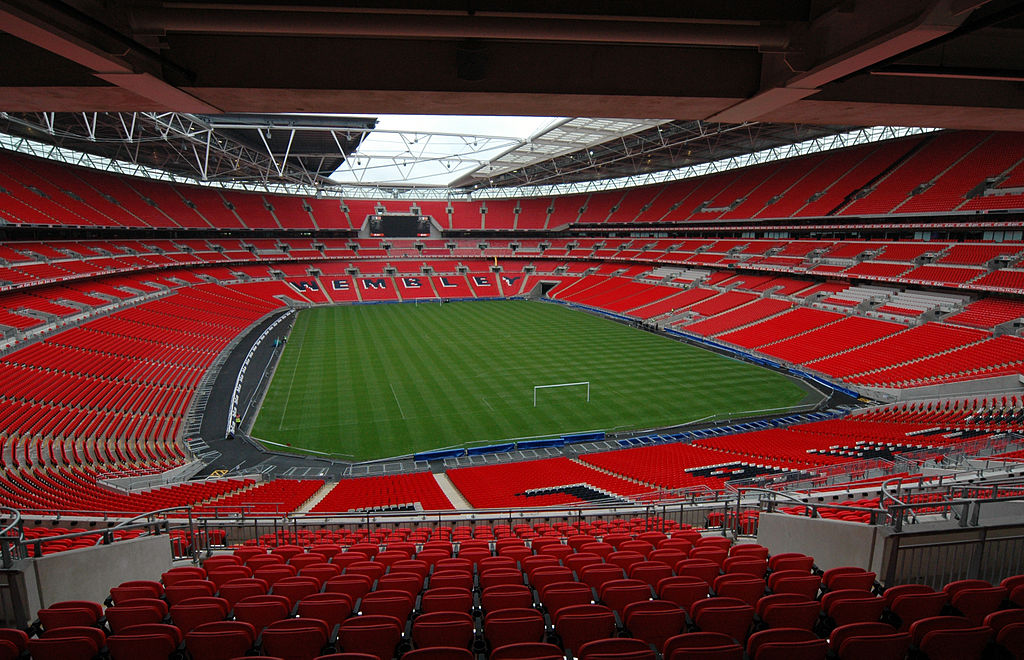

Unless you know someone who knows someone who has tickets to a box or a hospitality tent, getting a beer and a bite to eat at a sporting event can involve a lot of queuing or missing some of the action.
If you’ve spent £50 on a ticket to watch a 90 minute football match, spending ten minutes at a beer stand doesn’t seem like value for money.
It’s an issue venue operators and sports organisations are aware of and one of the reasons they have spent so much time and effort deploying Wi-Fi networks, beacons and mobile apps in a bid to make the experience a bit more enjoyable – and generate more revenue.
Free Wi-Fi also offers the opportunity to gain more information about a spectator and send them targeted offers for more tickets, merchandise and, crucially, food and drink – which ranks only behind safety and environment in fans’ priorities.
Research from Oracle Hospitality Sports and Entertainment suggests 45 percent of sports fans have left a queue, and two fifths of British fans don’t even bother because of the long queues. The average total time spent waiting at a stand is 30 minutes in the US (well, there are more breaks and adverts than a football match) and 18 minutes internationally.
The average spend per visit at a food and drink stand among British fans is £13.69 and Oracle thinks a 45 percent increase on this is possible if wait times were halved. An extra £6.10 at a 90,000 seater stadium like Wembley is not an inconsiderable amount of money.
More than half of fans would use a mobile app to pre-pay for food and drink and given a quarter have already downloaded a specific team or venue application, that’s promising, although that figure drops to 14 percent in the UK.
It’s not a revelation that queues are tedious. That much we know without research. But it does show why so many organisations, particularly in the US, are investing in mobile technology and networks. Better connectivity, contactless payments and apps have the ability to boost revenues among tens of thousands of people.
But not all venues are interested. Wimbledon works with the major operators to improve 3G and 4G coverage and has tested beacons in the past, but it is not looking at Wi-Fi with any urgency. It has full houses every year, so it doesn’t need the ticketing boost, and its desire to make money does not come at the cost of the tournament’s prestige.
“This is a challenging site,” Alexandra Willis, head of digital at the All England Club (AELTC) told TechWeekEurope last month. “But I wouldn’t say that’s the primary deterrent. One of the things we’re debating is what Wi-Fi would do to improve experience on site. We don’t have in seat ordering or retail promotions because it’s not something we’re taking with the Wimbledon brand.”
And of course, unless apps start allowing you to pre-book toilet breaks, there’s a likelihood you’ll have to queue up at some point.
Are you a tech Olympian? Find out with our sporting IT quiz!
Apple fined 150m euros over App Tracking Transparency feature that it says abuses Apple's market…
OpenAI to release customisable open-weight model in coming months as it faces pressure from open-source…
Samsung's Bespoke AI-powered fridge monitors food to create shopping lists, displays TikTok videos, locates misplaced…
Huawei sees 38 percent jump in consumer revenues as its smartphone comeback continues to gather…
In world-first, China approves commercial flights for EHang autonomous passenger drone, paving way for imminent…
Microsoft closes down IoT and AI lab it operated in Shanghai tech district in latest…